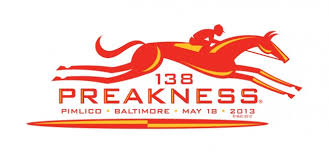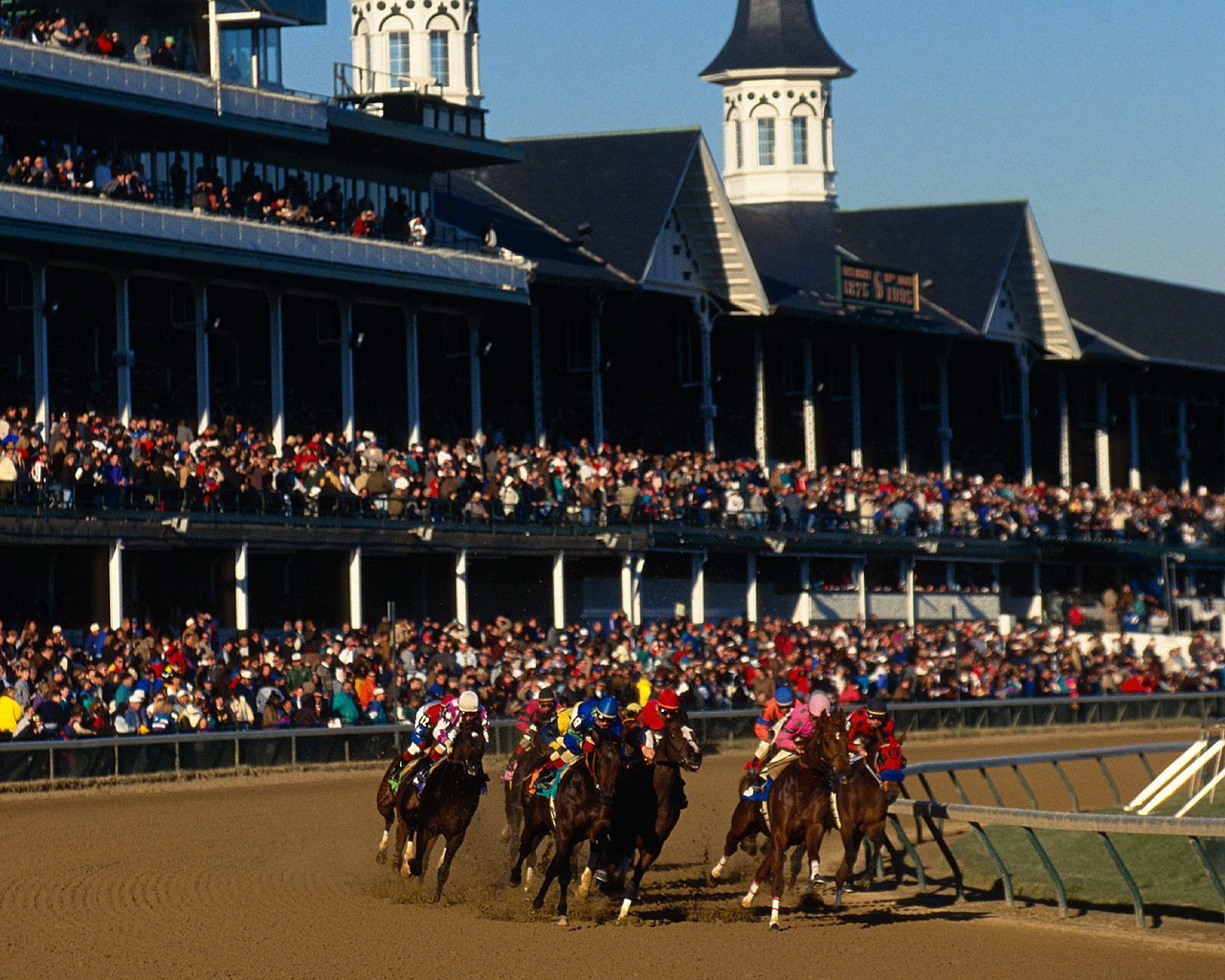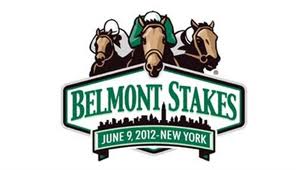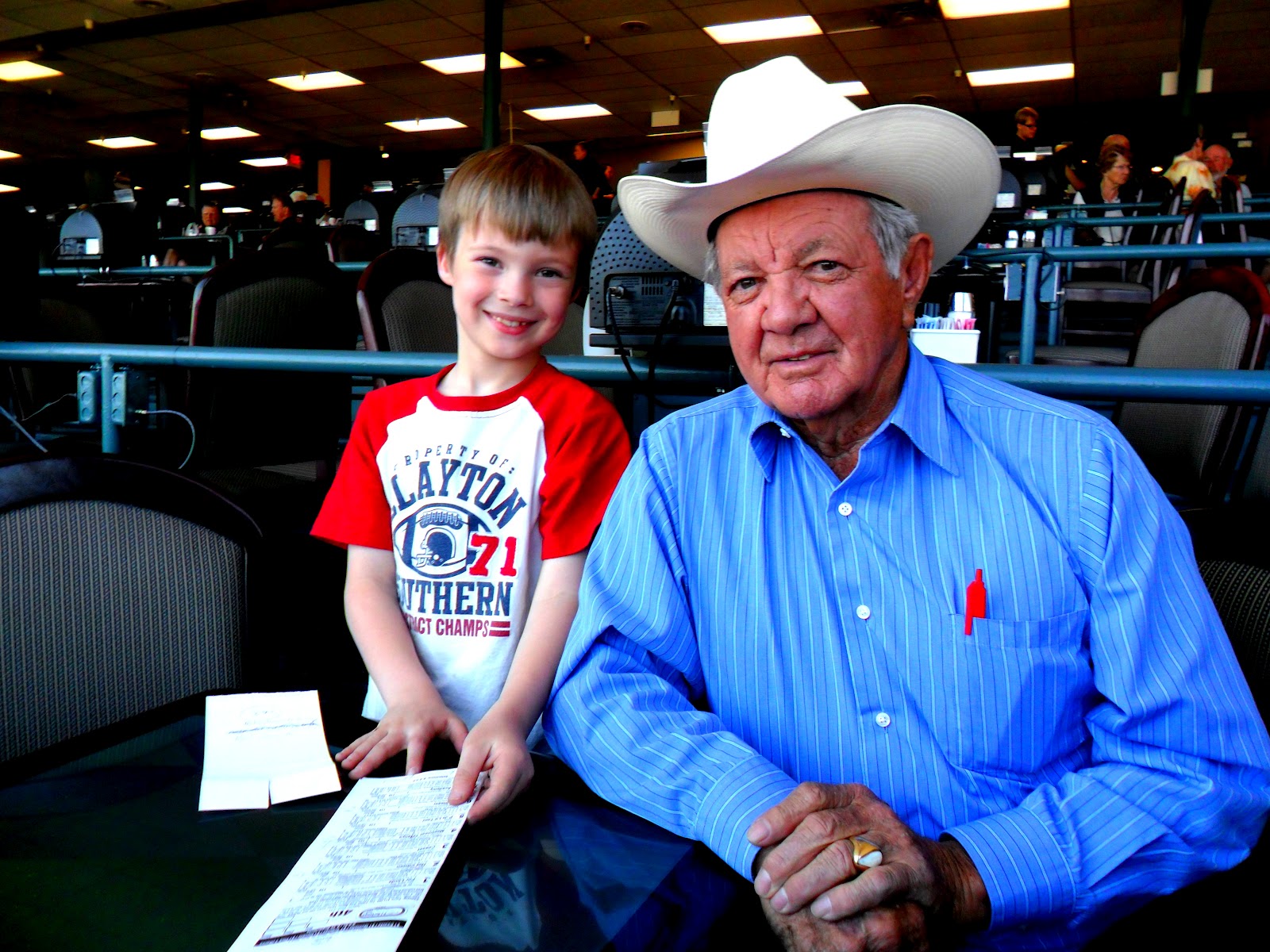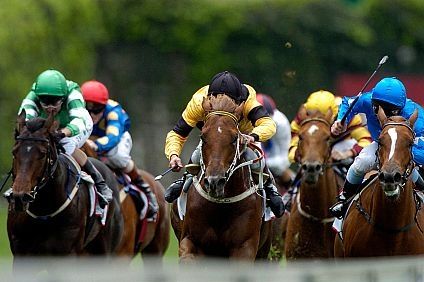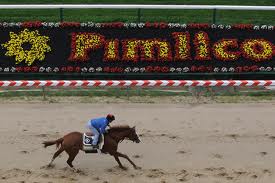Written by Kentucky Derby Jay The middle jewel of thoroughbred racing’s Triple Crown is upon us — Saturday marks the 138th running of The Preakness at Pimlico Race Course in Baltimore. To harken back to something I said last year, the Preakness is a bit of a different race than the Kentucky Derby and requires a different handicapping mindset. While recent Derbys have produced some winners who completely disappeared after wearing the garland of roses (Giacomo, Mine That Bird, Super Saver), the Preakness has produced a number of champions who either failed in the Derby (Afleet Alex, Curlin, Lookin At Lucky) or didn’t race in Kentucky at all (Bernardini, Rachel Alexandra). Of course, the most popular Preakness winners are those who back up their Derby victory, as did I’ll Have Another did last year, and thus stay alive for that most elusive of accomplishments, the Triple Crown. 35 years and counting, people. So, it’s fair to say that all eyes will be on this year’s Derby champ, Orb. Before we delve into this year’s Preakness (an incredibly small field of nine horses), I wanted to take a minute to look back at my Derby handicapping. I feel pretty good about my analysis, even in spite of saying this about Orb: Orb was the one Itsmyluckyday was chasing, and has earned Derby favoritism off of that effort. He had a monster workout on Monday, which has everybody proclaiming him the next big thing. Look, I think he’s a super horse, and very capable of winning this race, that close to a race of this distance (and stature). I don’t think he wins this one now That said, I still had Orb tabbed as the third choice. In fact, my top three selections ran 5th-3rd-1st. Not...
Run for the Roses
posted by Todd
Written by KyDerbyJay Once again the First Saturday in May is upon us, and with it, the 139th running of the Kentucky Derby — the greatest two minutes in sports. Having correctly selected the winning horse for two consecutive years, the pressure has mounted this year EDITOR’s NOTE: he’s not kidding, readers were clamoring for his picks again In scoping out possible win candidates for the Derby, I subscribe to the theory that the most important handicapping tool is envisioning how the race will play out. All sorts of factors play into this — pace, stamina, racing luck — but the twenty horse field (unheard of in North American racing otherwise) makes it a complicated task. It’s no secret that the best horse doesn’t always win the race, but instead the horse with the best trip. With that in mind, let’s move on the twenty horses that make up the 2013 field: Scratched: Black Onyx. I gave this one little chance anyway, particularly with the inside post draw. Stewards have decided to leave the 1-hole open, rather than move everybody one post closer inside. A very good decision in my opinion, and one that opens up the rail. The Pretenders: Golden Soul finished a well-beaten 4th in the Louisiana Derby, and doesn’t seem to be in the same class as most of these…Giant Finish was 3rd in the Spiral Stakes in his last outing. He’s slow, and really is nothing more than a vanity entry by his connections. An absolute toss…Falling Sky comes out of the criminally slow Arkansas Derby, and couldn’t even finish in the money in that one. Have heard some say to watch for him running late — I’m not buying it…Charming Kitten is the weakest of the five Todd Pletcher-trained...
New York State of Mind...
posted by Todd
Written by @kyderbyjay This was supposed to be an entirely different article. This was supposed to be about the coronation of a champion, the end of a jinx. However, fate intervened in the form of tendonitis in the leg of the great I’ll Have Another, and that article has been scrapped. Yes, they will still run the Belmont Stakes in New York on Saturday, at the always-challenging distance of a mile and a half. This is as far as any of these horses have ever run, and it’s likely the farthest they will ever run. The Belmont is a race that can pretty much be won with any style. A speed horse can walk to a victory if the fractions are generous, and a closer can come charging down that long stretch with the right pace to run at — there isn’t a magical winning formula. So, as always, picking the winner is as much about figuring out how the race will be run, as it is about figuring out the right horse. If there’s any bright spot in I’ll Have Another’s defection, it’s that the race suddenly looks much more interesting and betable. Here’s my look at what’s left of the 2012 Belmont field: Still Have No Shot Five Sixteen is bred to run long, but he may the slowest horse I’ve seen entered in a Triple Crown race in quite some time…Guyana Star Dweeji will be a huge price, and deservedly so. Just has no business being entered in a graded stakes, much less an elite race like the Belmont…Ravalo’s Boy looks incapable of competing with the top choices, even on his best day…Unstoppable U figures to be a pace factor early but the only way he has a shot is iff...
Reviving our Grandfather’s Game...
posted by Todd
When inspiration strikes after I read something thought provoking from fellow members of the sports gambling industry, I get the itch to share my opinion. This week’s trigger came from a piece written by Micah Roberts on Vegasinsider.com (read the article here) following I’ll Have Another’s win at Pimlico. The article intimated how a triple crown winner in horse racing might be exactly what the doctor ordered to create renewed interest in a dying end of our business. As someone who approaches race and sports with his own developing perspective, I’ll readily admit horse racing is on life support in terms of relevance among my generation. Firing on the ponies doesn’t appeal to us the same way as the traditional sports where we know the players, teams, and coaches because 24/7 media coverage gives us full time access. Let’s avoid naivete, betting on the ponies isn’t nearly as appealing as wagering on the NFL to the 21-45 year old demographic. To have continued success in horse racing, it takes years of studying and due diligence to understand lineage, jockeys, and track biases. No one can debate that combing through the daily racing form is a more cumbersome and daunting task than reviewing box scores and stat packages. In order to make horse racing viable as a gambling past time again, the sport needs to be more accessible for the masses and that doesn’t mean simply focusing on just the triple crown races and Breeders Cup. Speaking from the vantage point of someone who would love to see the industry rebound, I offer 3 suggestions that could be effective in stirring a slow revival for our grandfather’s game. 1) Make the Daily Racing Form easier to understand Every time I pick up the publication I’m intimidated. I’ve had industry...
Horse Racing Explained...
posted by Todd
Written by Jay Kellegrew (follow him on twitter @hellonewman39) When some people step off the plane at McCarran airport, they see nothing but bright lights and hope. They head to the sportsbook and check out the slate of NBA and NHL playoff matchups while also pretending to have a firm grasp of who every starter is in each baseball game. However, they completely ignore the other half of the sportsbook where people speak a foreign language about trifectas, maidens, and mudders. My goal here isn’t to make you a handicapping wizard but rather help provide a basic guide to pari-mutuel betting, the kind employed through all Vegas casinos and most of your local off track betting facilities. First, let’s talk about the types of wagers that can be made. The wagers are split into two categories; straight wagers and exotic wagers. Straight wagers Win – picking which horse will win the race Place – picking a horse that will come in 1st or 2nd Show – picking a horse that will come in the top 3 Exotic wagers Exacta – predicting the first 2 horses in exact order Trifecta – predicting the first 3 horses in exact order Superfecta – predicting the first 4 horses in exact order Win and Place pools explained Unlike the other side of the sportsbook where lines are fixed as soon as the ticket is in your hand, pari-mutuel odds change right up until the start of the race because final prices aren’t determined until the final pool is calculated . You are competing against your fellow gamblers; the house merely takes a cut of all money that is bet. For example, let’s say a total of 1 million dollars (after the house cut) was bet on all the...
Prominence at Pimlico...
posted by Todd
Contributed by horse racing expert John Valter (follow him on twitter @kyderbyjay) I’ve finally stopped celebrating my brilliant Kentucky Derby handicapping and sat down to the business of tackling the 2012 Preakness, the middle jewel of racing’s Triple Crown. It’s a bit of a different race than the Derby and requires a different handicapping mindset. While recent Derbys have produced some winners who completely disappeared after wearing the garland of roses (Giacomo, Mine That Bird, Super Saver), the Preakness has produced a number of champions who either failed in the Derby (Afleet Alex, Curlin, Lookin At Lucky) or didn’t race in Kentucky at all (Bernardini, Rachel Alexandra). Even last year’s Preakness winner, Shackleford, looks to be the superior horse to the last year’s Kentucky Derby winner, Animal Kingdom. In terms of envisioning how the race will be won, it’s actually unlikely to be run that much different than the Derby, just with a smaller field. There is a common perception that speed horses tend to fare much better over the Pimlico oval but it’s not necessarily accurate. Shackleford did win last year after battling with Flashpoint for the early lead, however more often than not the winner tends to come from off the pace. Here’s my look at the field (just 11 horses, smallest since 2008), dividing those horses that ran in the Kentucky Derby from those that didn’t: The New Shooters: Pretension is the only horse with a win over the track, a minor stakes race on Derby Day. However, he was a well-beaten 9th in his race prior in the Illinois Derby against a much better field and looks hopelessly overmatched here…Zetterholm, trained by Richard Dutrow, has won three straight, albeit all against New York state-bred horses and does not appear to...
Run for the Roses 2012...
posted by Todd
Contributed by @kyderbyjay Follow him on twitter for great race day insight and analysis The 2012 Kentucky Derby is upon us, and it figures to be as wide open a renewal as ever. As such, the wagering opportunities are fantastic, and, with wise selections, the chance for a nice payday is good. What follows is my biased and only slightly educated look at the field, but first, a word about what I look for in a Derby contender. The important thing is to envision how the race will be run. The Derby is unique in that the field is extremely large; a twenty-horse field is unheard of in any other North American race. As such, the first 30 yards are a very important part of the race. The old adage is that the race can’t be won then, but it sure as hell can be lost. Because of all the traffic, positioning in the early part of the race is important, with the speed horses cruising to the front, the stalkers looking to get a good position and save some ground, and the deep closers content to set in the back of the pack, waiting for one long run at the end of the race. One key thing to keep in mind is that horses rarely win the Derby on the front end; too many speed horses usually leads to a tiring speed duel. Horses that look great on paper that may have gotten away with wire-to-wire jobs in the smaller fields aren’t going to be so fortunate in the Derby. As for deep closers, they don’t often win either, as the task of passing 17 or 18 horses is a lot tougher than passing 5 or 6. That’s why I usually lean towards stalkers...

